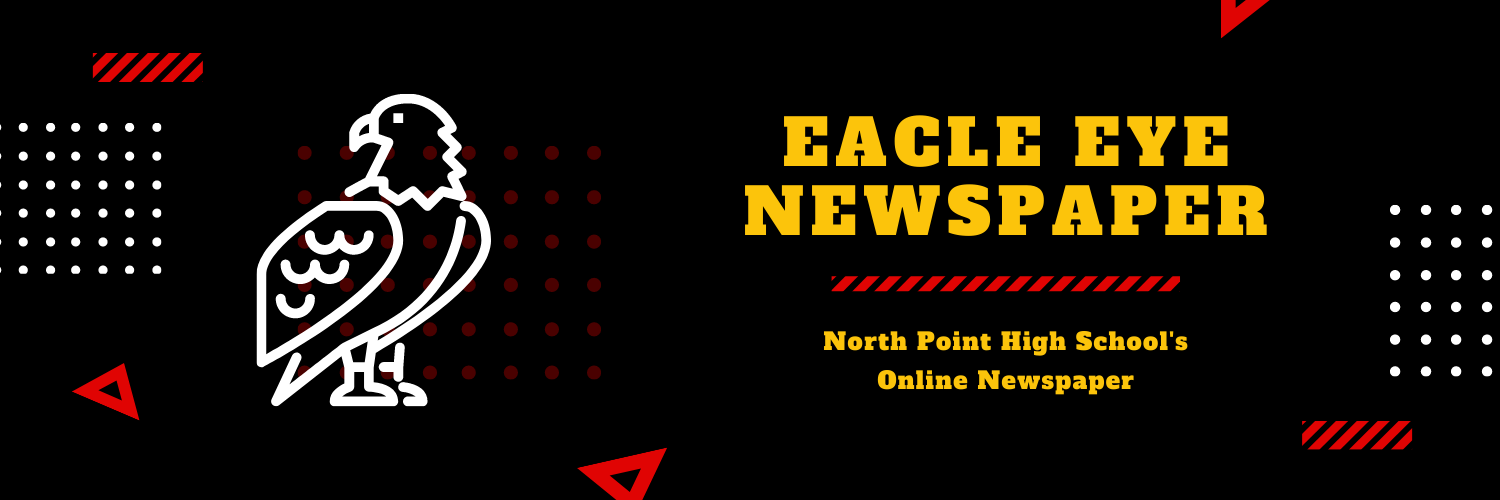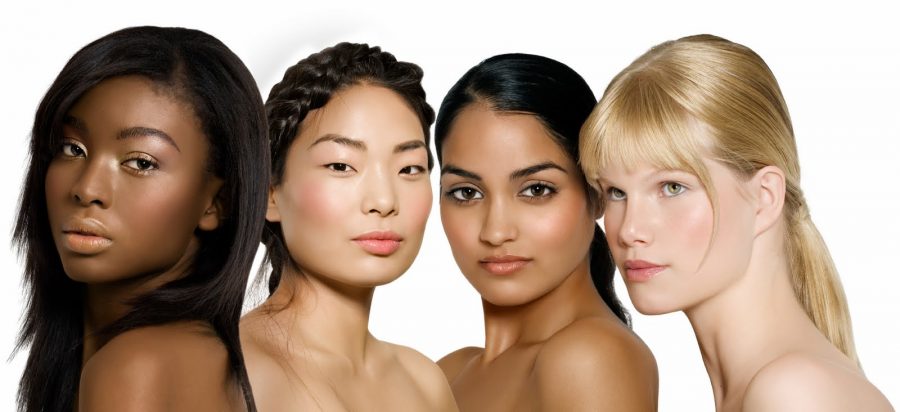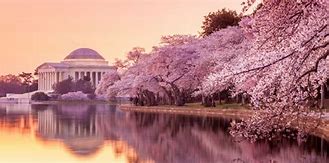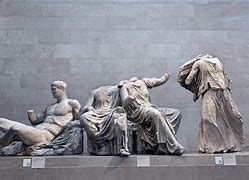Beauty Standards
Katja de Bruijn-Govorushchenko
Multi-ethnic group of young women: African, Asian, Indian and Caucasian.
The standard of beauty is different within cultures. What others may think is a “perfect woman” or a “perfect man,” others may differ. The media plays into the way people view beauty as they put out a yearly, “The 10 Most Beautiful People in the World.” 9 out of 10, the majority of them look the same and are not a person of color. Young girls and boys look at lists like that, don’t see themselves, and think they aren’t beautiful. They think the women and men on that list are the definitions of beauty because that’s what is put out.
Small European facial features have always been a want in many cultures. For example, Korea is the top plastic surgery country in the world, where double-eyelid surgery for 18th birthdays is considered normal. The media in Korea has encouraged that being petite, having small features, pale skin and double eyelids is considered an “ideal type.” Many Kpop idols (singers in Korea) and actresses go through procedures to look more European, in hope of becoming recognized for their beauty. This is caused by Western media showing women and men in Asian countries that looking more European gains popularity because people with those features are the ones that are always in magazines and Hollywood movies. Recently on a variety show called “Star King,” female idols were secretly weighed. Their weights were then put out to the public as a joke. The girls weighed from 43kg (94 pounds) to 49kg (108 pounds) and the one girl who weighed less got a gold medal. They were basically applauded for being smaller than each other. How messed up is that? The host of the show then proceeded to carry on telling the losers to “go on a diet.” Korean culture is very different from American, so getting in a confrontation on television doesn’t really happen , so the girls just laughed it off. Because these occasions are common, some idols admit to having eating disorders and low self-esteem.
As the “definition of beauty” changes in the media, people may feel the need to catch up with the ongoing changes. For instance, people may begin filling in their eyebrows or having a full face of make-up. 2016 has dramatically changed to more people wanting to look more Afrocentric, which means having fuller lips, and wider hips. Decades prior, and sometimes still today, having fuller lips and larger features were made fun of, mostly to people of color. Now it’s seen as “exotic” when millions of people have already had those features.
In the end, the media is powerful and persuasive in telling audiences who is deemed as beautiful and desirable. “I feel as if everyone wants or feels the need to look the same and to follow the “trends” of this century. With images like the Kardashian’s, young girls look up to them and think lip fillers and fake big butts are what attracts positive attention. And models in like every magazine is either skinny, tall or has pretty colored eyes,” Symone Coats (12th) implied, “I knew a person who was so desperate to be skinny like a model in the ads that she developed an eating disorder. Not every human being is shaped like that. I appreciate that recently models of all sizes and features have made it into magazines.” Everyone has their own preferences on what they see as beautiful, but when the media is trying to push what is beautiful onto someone, it can look very biased. This media portrayal can also cause harm mentally and physically. People will go through extreme risks to look beautiful, which can lead to difficulties like infections from surgery, and damage to one’s mental health. Every person, no matter their race, hair, eye color, or body type is beautiful in their own way. Never let what is put out in the media make you feel like you’re not special or that you have to look a certain way to be loved.






